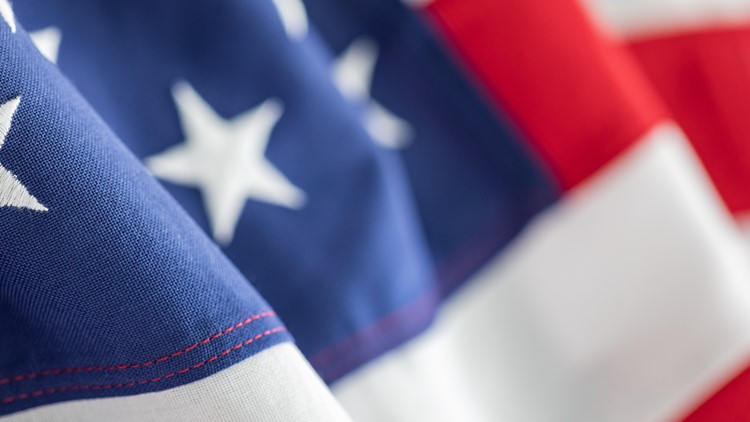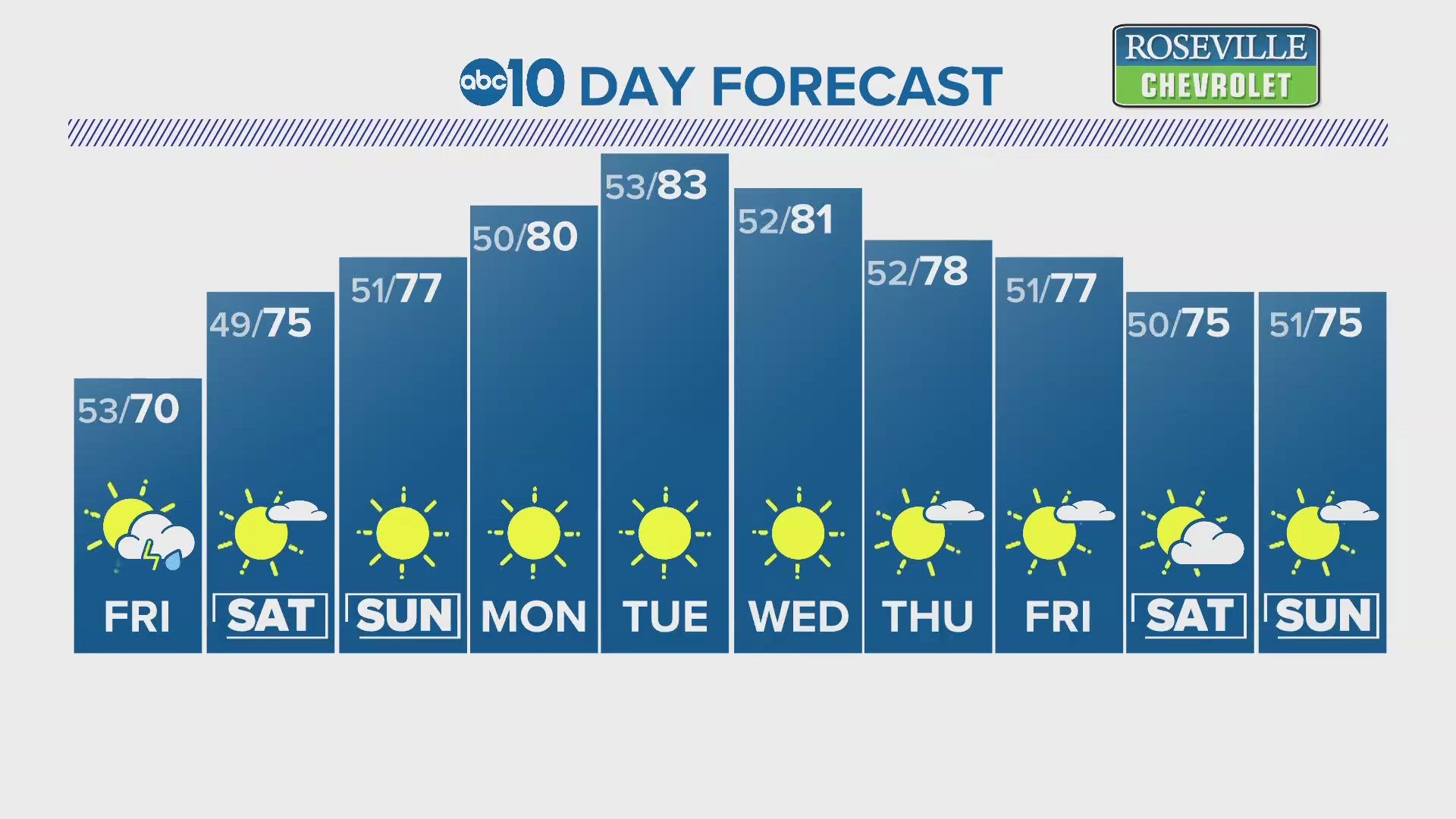In celebration of Flag Day, I'm exploring the colorful history of the American flag, starting way back from before even the Declaration of Independence.
This is widely considered the first flag of the United States. It's known as the "Continental Colors" or "Grand Union" flag, and it was in use at the time the American colonies declared independence.

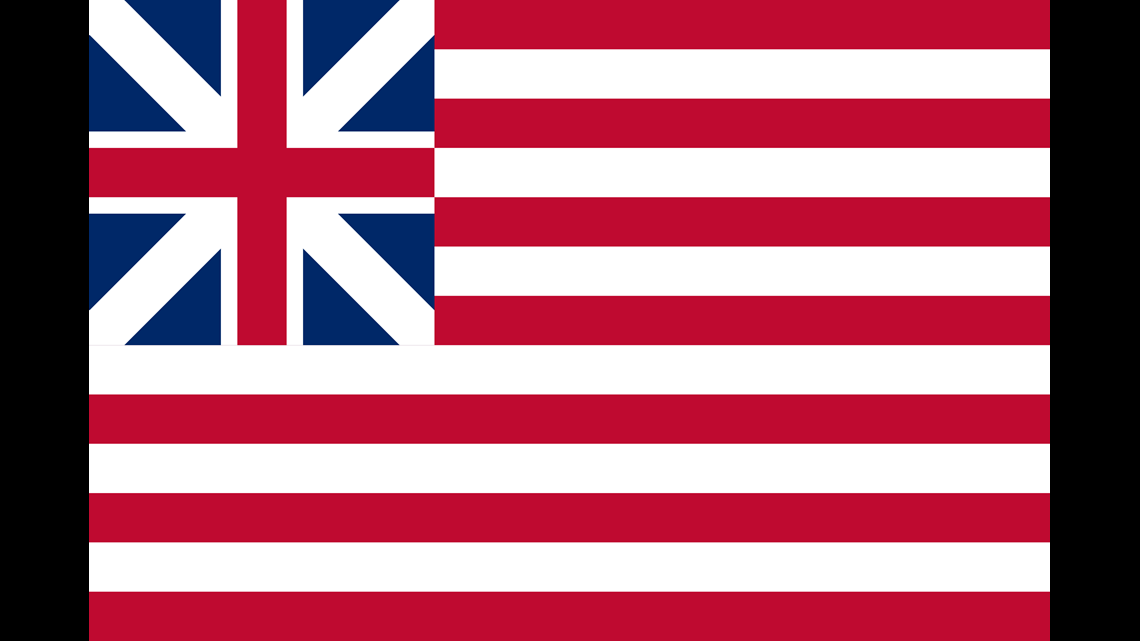
On June 14, 1777, the second Continental Congress adopted a resolution proclaiming, "That the flag of the thirteen United States be thirteen stripes, alternate red and white; that the union be thirteen stars, white in a blue field, representing a new constellation." That's why today is known as flag day.
However, that's a pretty vague statement. And a flag that was flown aboard a captured British frigate in 1779, the Serapis or Franklin flag, was one interpretation. It may look strange, but it was at the time internationally recognized by the Dutch.

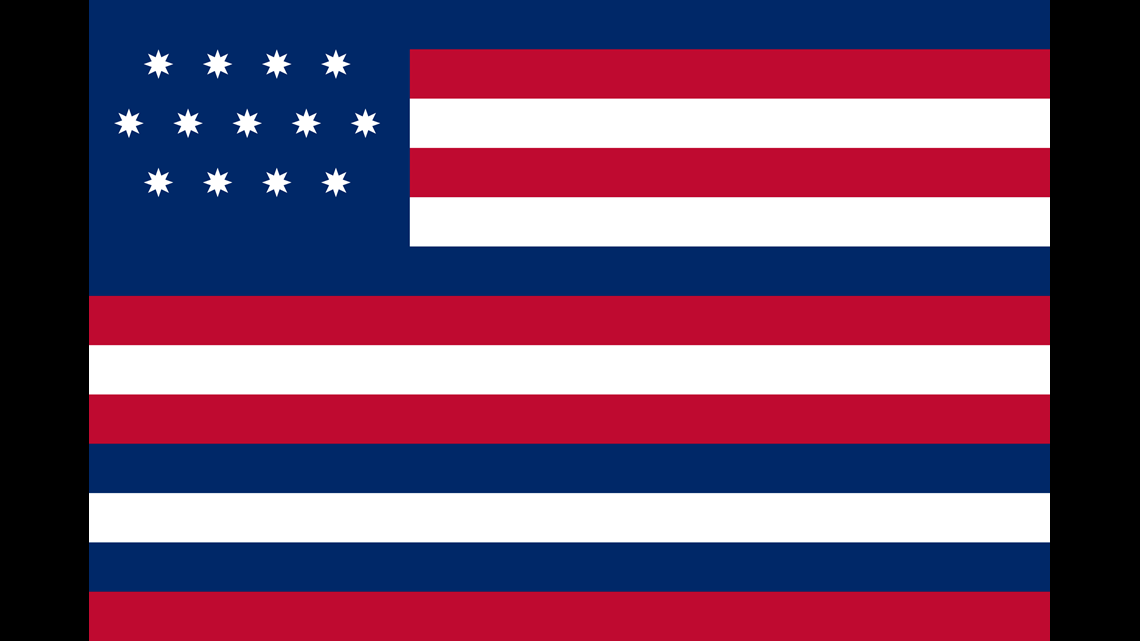
After congress adopted the flag resolution in 1777, multiple non-standardized flag designs were going around. One of them was known as the Francis Hopkins flag.
Francis Hopkins was a naval flag designer and actually billed the young congress for having designed the flag which was never officially adopted. It featured 13 stars and 13 alternating red and white stripes.

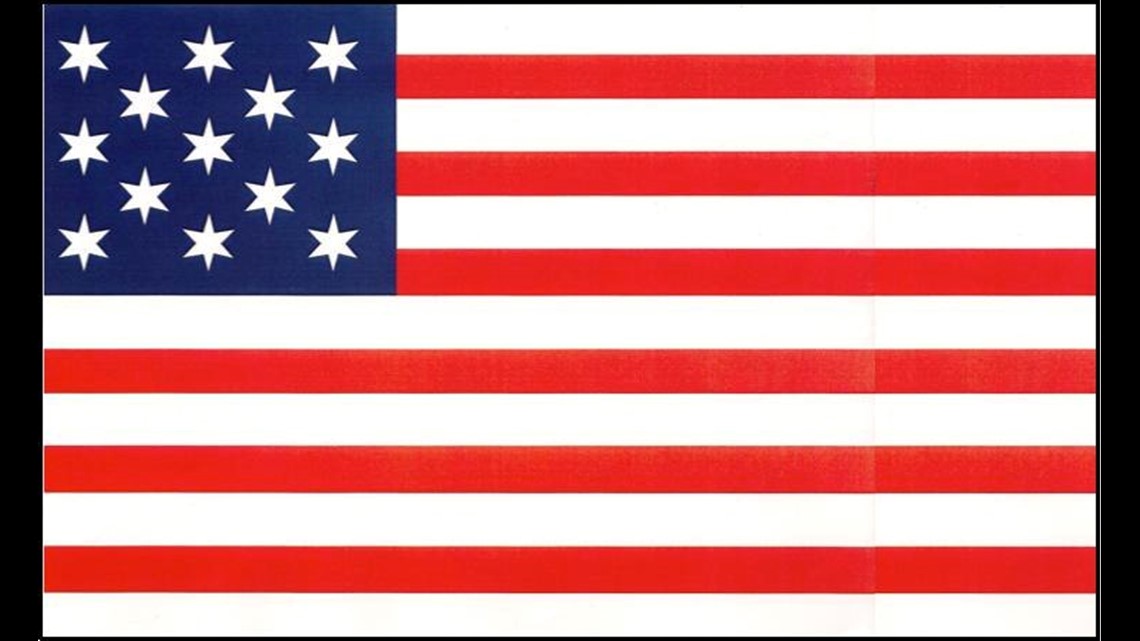
In 1779, the War Board and George Washington worked to adopt a standard.
This flag, known as the Betsy Ross flag, is still widely known today. Although, there is no proof that Betsy Ross ever actually stitched this flag, nor that she ever had contact with George Washington or the continental congress.
Two stars and two stripes were added to the flag after Vermont and Kentucky were admitted into the Union. This 15-star and 15-stripe flag flew over Fort McHenry in 1812 and is what inspired a certain Francis Scott Key to write a poem known as the "Defense of fort M'Henry," which would later become the Star Spangled Banner.

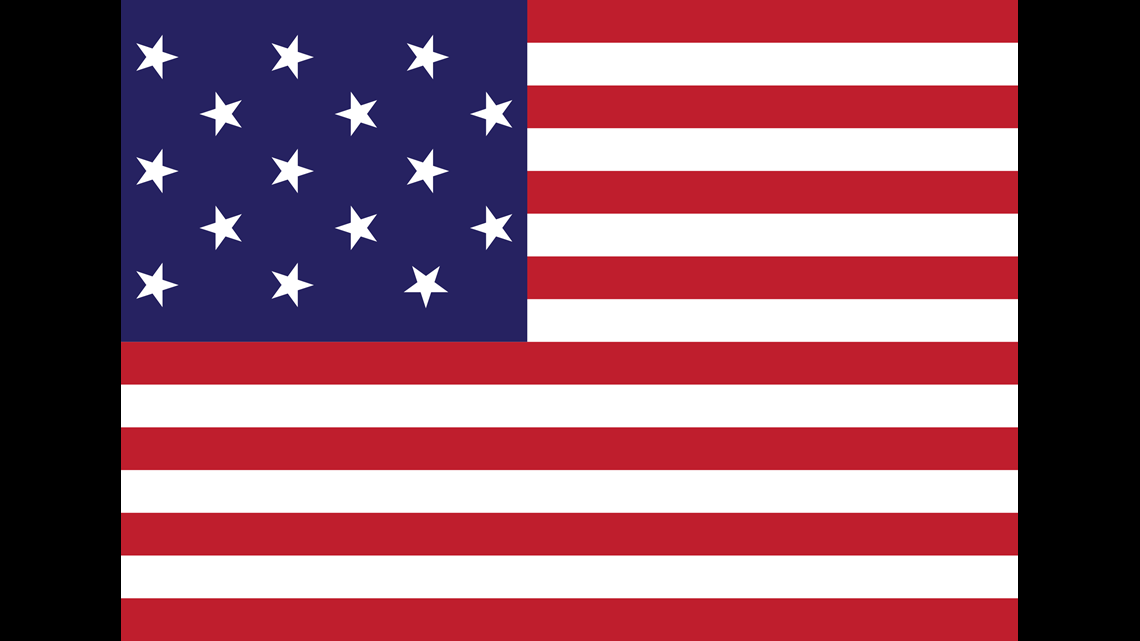
As more states were admitted into the Union, Congress passed a resolution to add 20 stars to the flag and add an additional star every time a state joined, while the number of stripes was reset to 13 – one for each of the American colonies.

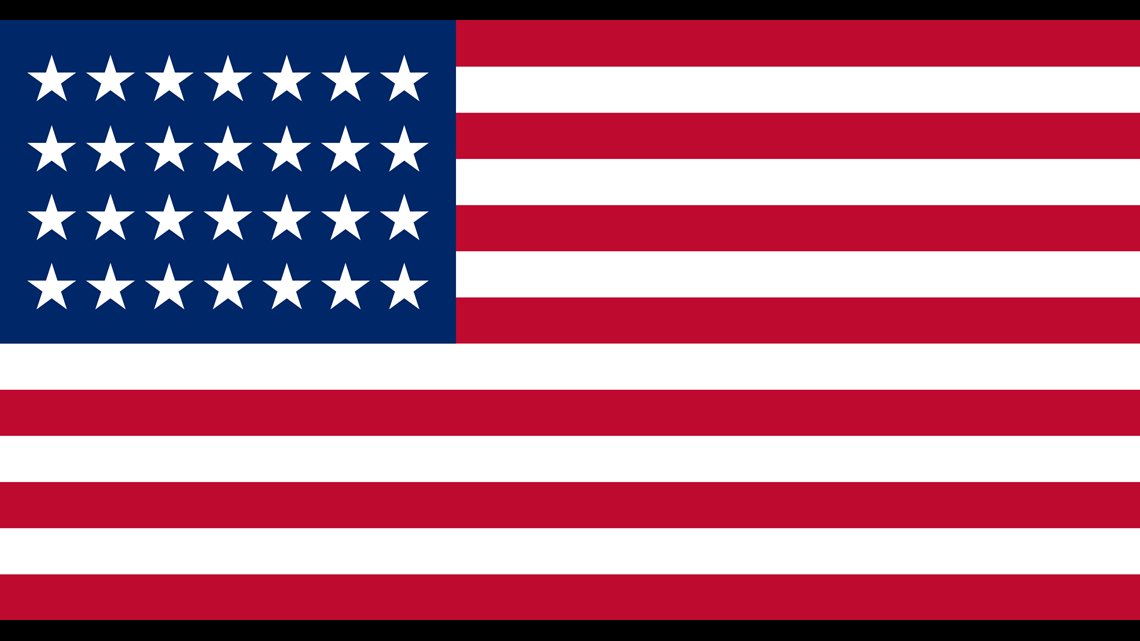
By the time the Civil War broke out in 1861, the number of stars on the flag had increased to 33. Some in Washington D.C. wanted to remove the stars of the southern states from the flag, but Abraham Lincoln refused to do so, believing it granted legitimacy to the Confederacy.
Prior to 1912, there was no standard arrangement for the stars on the flag. But when New Mexico and Arizona joined the Union in 1912, a national standard was finally adopted with the updated 48-star flag.

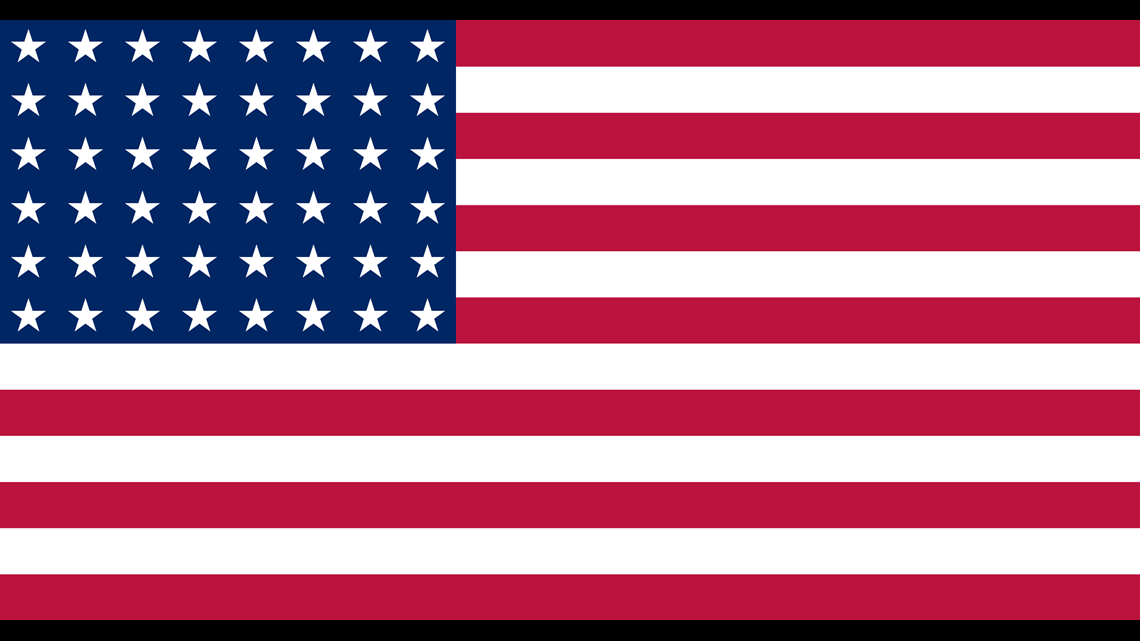
With the addition of Hawaii as the 50th state, a 50-star flag began flying on July 4, 1960. And in 2007, the 50-star flag became the longest tenured flag in U.S. history.
Should a 51st state be added – perhaps Washington D.C. – a 51-star flag has already been designed by the United States Army Institute of Heraldry.

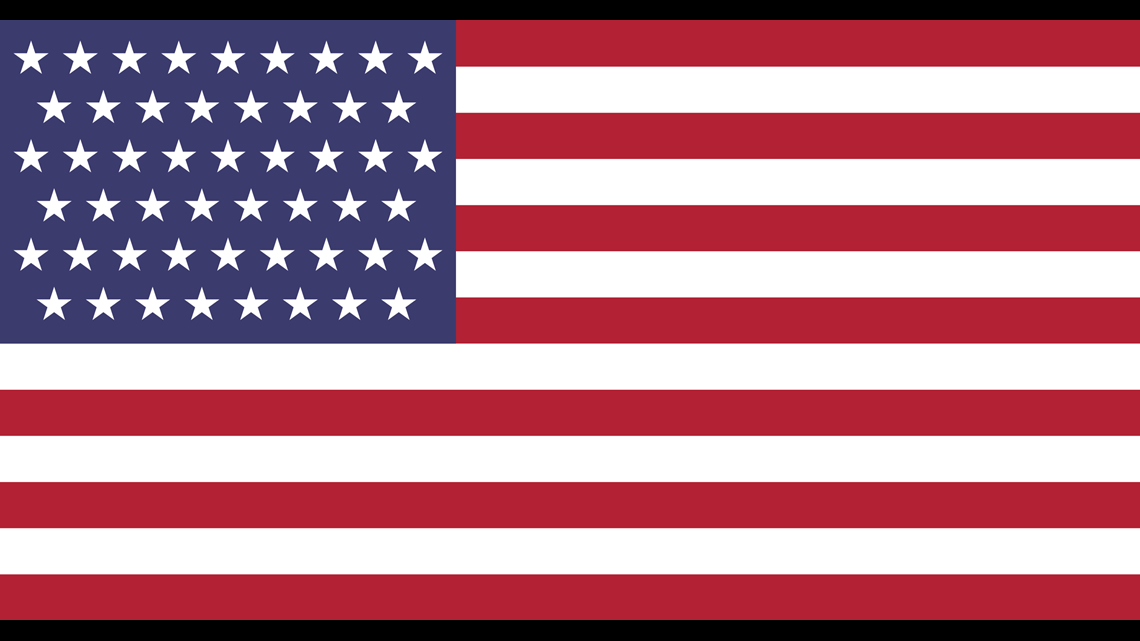
So if you've got a Betsy Ross flag or perhaps even a 28-star flag from the time when Texas became a state, what can you do with them? According to the U.S. Army Institute of Heraldry, any version of the American flag throughout history never becomes obsolete. Any officially approved American flag, regardless of the number or arrangement of the stars and/or stripes may continue to be used and displayed until no longer serviceable.
So fly Old Glory proudly, no matter how many stars or stripes she might have. In the words of Johnny Cash, we're kind of proud of that ragged old flag.


